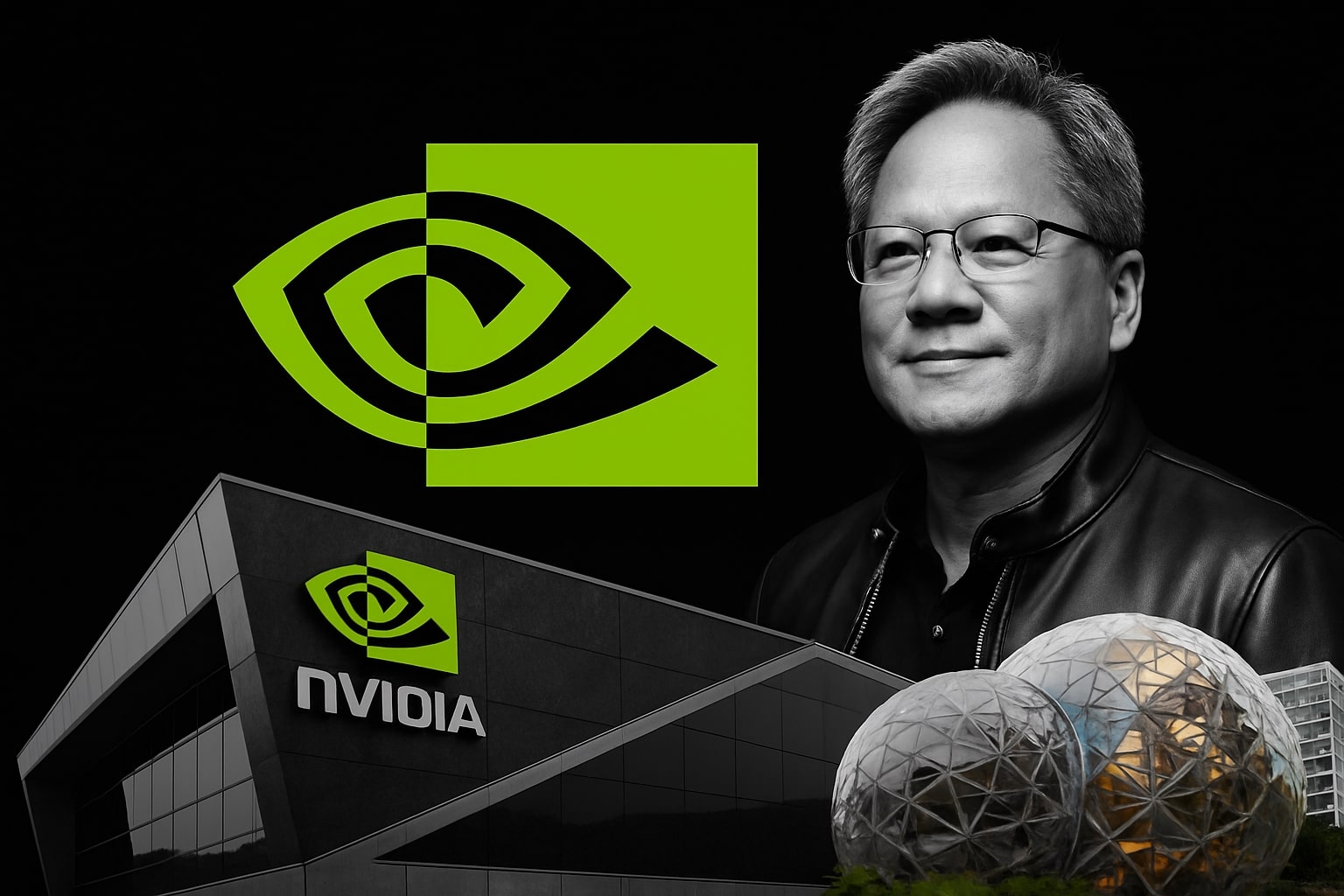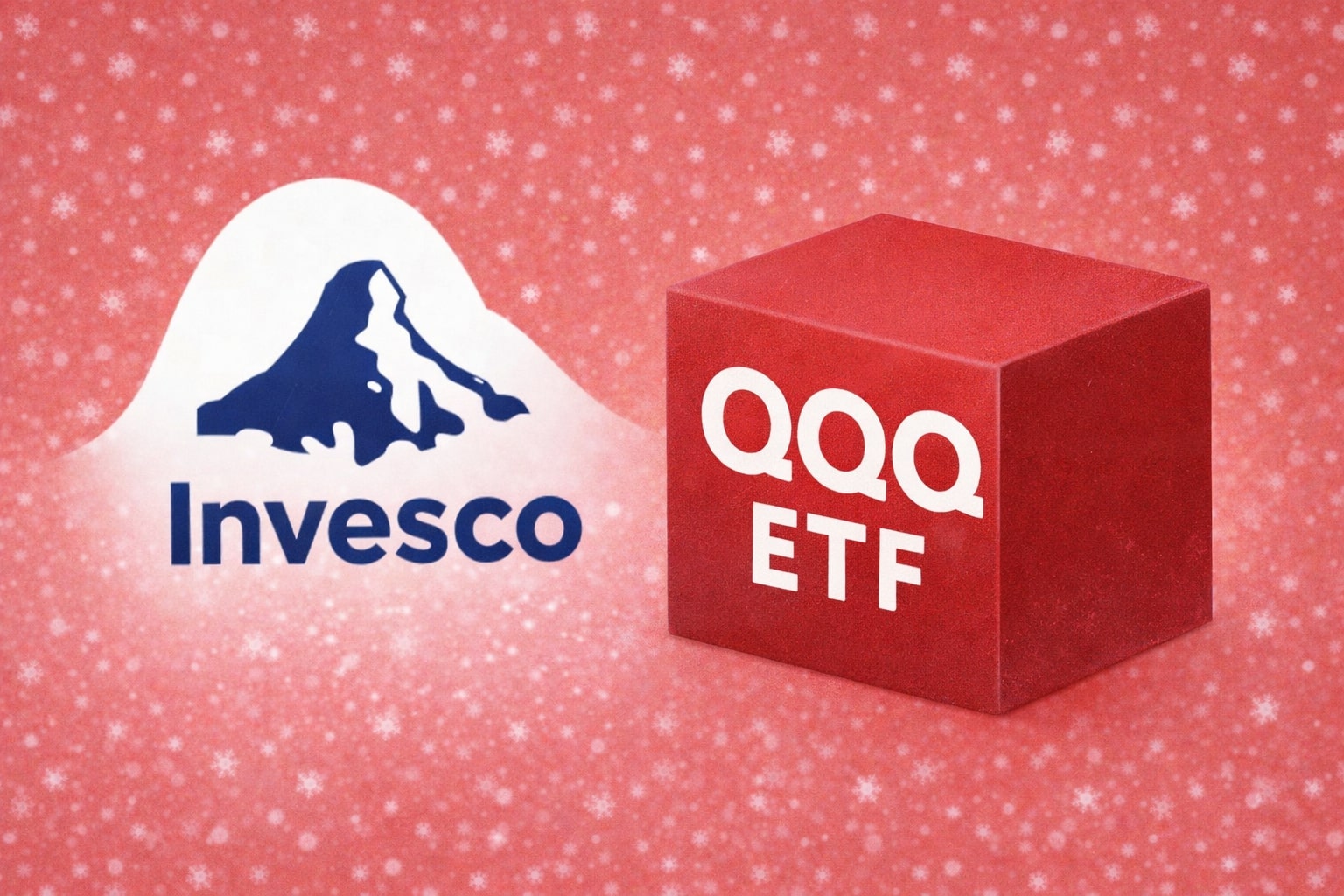
NVIDIA Stock Price (NASDAQ:NVDA) Slips to $170.90 Amid China Ban, AI Expansion Still Points Higher
With $165B trailing revenue, 109% ROE, and Q3 guidance at $54B, NVIDIA faces geopolitical headwinds but remains a buy toward $210–$240 targets | That's TradingNEWS
NASDAQ:NVDA Drops to $170.90 as China Orders Halt on RTX Pro 6000D
NVIDIA Corporation (NASDAQ:NVDA) trades at $170.90, falling -2.26% on the day, as Beijing’s Cyberspace Administration directed Alibaba, ByteDance, and other major Chinese firms to stop testing the RTX Pro 6000D chip. This chip was specifically designed to comply with U.S. export restrictions, yet China’s decision demonstrates the escalating tech war between Washington and Beijing. Last quarter, NVIDIA booked $2.8 billion in China-related revenue, down from $3.7 billion in the prior year, and it has now removed China from forward guidance due to the mounting geopolitical uncertainty.
Valuation Remains Expensive with Market Cap at $4.16 Trillion
At $4.16 trillion market capitalization, NVIDIA dwarfs Advanced Micro Devices at $259.2B, Broadcom at $1.64T, and Taiwan Semiconductor at $1.36T. Valuation multiples remain elevated, with a trailing P/E of 48.56, forward P/E of 39.06, and Price-to-Sales of 26.10. Profitability justifies part of this premium: net income over the trailing twelve months reached $86.6B, with a 52.41% margin and free cash flow of $52.44B. Return on equity stands at an extraordinary 109.42%, while return on assets comes in at 53.09%, metrics few companies in history have matched.
AI Data Center Investment Cycle Drives Future Revenue Growth
The key long-term growth driver for NASDAQ:NVDA remains hyperscaler and enterprise spending on AI infrastructure. In just two years, Amazon, Microsoft, Google, Meta, and Oracle together invested $500 billion in CapEx, with NVIDIA’s CEO Jensen Huang projecting a total of $3–4 trillion by 2030. NVIDIA has already ramped production of its Blackwell architecture to more than 1,000 racks per week, each estimated at $3M–$4M. The successor Rubin platform, expected in 2026, will further reinforce NVIDIA’s leadership in accelerated computing and AI data centers.
Quarterly Trends Show Sequential Slowdown but Strong Outlook Ahead
Revenue for Q2 FY26 came in at $47 billion, a sequential increase of $4 billion, smaller than the $5 billion quarterly step-ups investors had become accustomed to. However, management projects Q3 revenue of $54 billion, signaling an $8–9 billion sequential gain and reaffirming demand acceleration. Analyst estimates call for $206.4 billion in FY26 revenue, rising to $273.6 billion in FY27, representing 32.6% growth year over year. EPS is projected at $4.50 in FY26 and $6.34 in FY27, maintaining a PEG ratio of 1.30, which suggests valuation is supported by growth prospects.
Read More
-
QQQ ETF At $626: AI-Heavy Nasdaq-100 Faces CPI And Yield Shock Test
11.01.2026 · TradingNEWS ArchiveStocks
-
Bitcoin ETF Flows Flip Red: $681M Weekly Outflows as BTC-USD Stalls Near $90K
11.01.2026 · TradingNEWS ArchiveCrypto
-
Natural Gas Price Forecast - NG=F Near $3.33: NG=F Sinks as Supply Surges and China Cools LNG Demand
11.01.2026 · TradingNEWS ArchiveCommodities
-
USD/JPY Price Forecast - Dollar Breaks Toward ¥158 as Yen Outflows and US Data Fuel Dollar Charge
11.01.2026 · TradingNEWS ArchiveForex
China Market Share at Risk as Local Competitors Scale Up
The ban on RTX Pro 6000D adds to a broader erosion of NVIDIA’s Chinese market position. Domestic firms Huawei and Cambricon are accelerating, with Cambricon posting a staggering +4,000% year-over-year revenue increase in H1 2025. Analysts estimate NVIDIA’s share of China’s AI chip market could fall from 66% in 2024 to near 50% this year. Still, China cannot match NVIDIA’s most advanced GPUs. The company’s upcoming B30A chip, priced at $20,000–$25,000 compared to the H20 at $10,000–$12,000, offers 6x more performance and is expected to be included in negotiations if U.S. regulators approve export licensing.
Technical Levels Indicate Attractive Buying Opportunity
NVIDIA stock has slipped below its 21-day EMA at $174.76 and trades near the 50-day EMA at $170.61, while the 200-day EMA at $145 remains a crucial long-term support. With the RSI at 42, the stock is approaching oversold territory, similar to levels seen in April during the Trump-era H20 ban. That episode was followed by a sharp recovery, hinting at potential upside if trade tensions ease. Analysts maintain bullish targets with a consensus average of $210.98, ranging from $100 at the low end to $270 at the high end, implying over +23% upside from current trading levels.
Institutional Positioning and Insider Confidence Support Stability
Institutional investors hold 68.97% of NVIDIA shares, while insiders retain 4.33%, showing alignment between management and shareholders. Insider transactions do not suggest any panic selling, and short interest remains muted at 0.81% of float, equal to 196.7M shares or 1.14 days to cover. This indicates limited bearish conviction, even amid short-term geopolitical shocks.
Macro Environment Enhances Appeal of High-Growth Tech
The Federal Reserve’s first rate cut of 2025 reduces discount rate pressure on high-growth equities like NASDAQ:NVDA. With Treasury yields pulling back, capital rotation into AI leaders is set to intensify. NVIDIA’s premium valuation looks more defensible in a lower-rate environment, where investors prioritize revenue growth and technological leadership over near-term volatility.
Buy, Sell, or Hold Verdict on NASDAQ:NVDA
At $170.90 per share, NVIDIA combines unmatched profitability, a massive AI data center cycle, and technical signals that suggest an entry opportunity. Risks in China are real, and valuations remain stretched, but the company’s revenue trajectory and analyst targets make the bullish case stronger than the bearish one.
Verdict: BUY NASDAQ:NVDA on weakness, with a 12-month price target range of $210–$240.


















